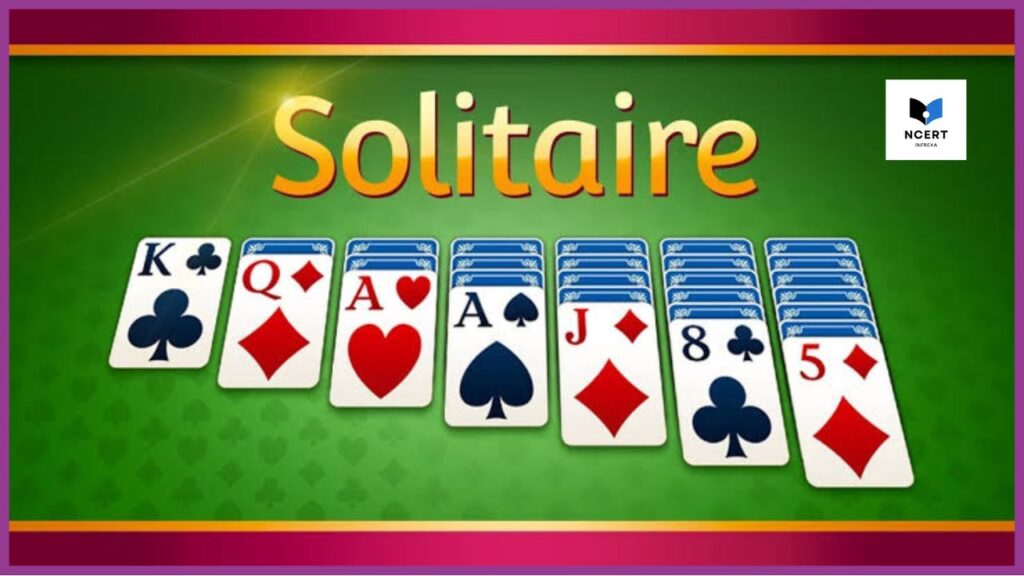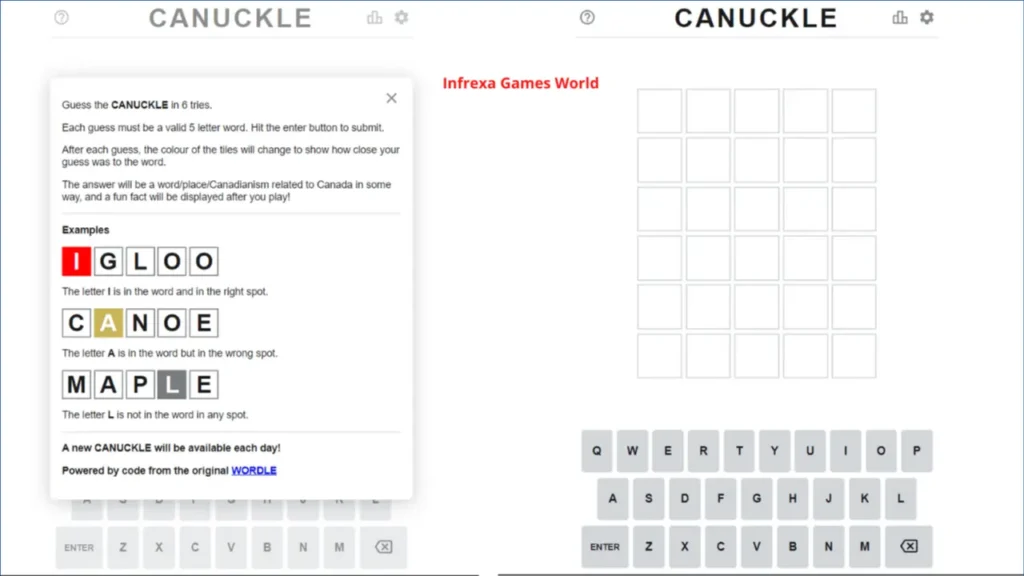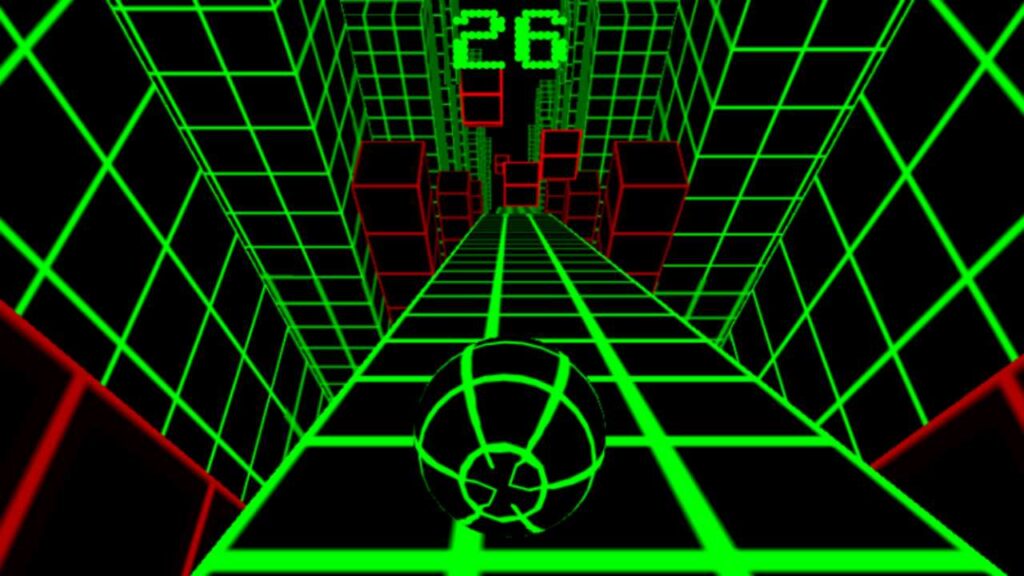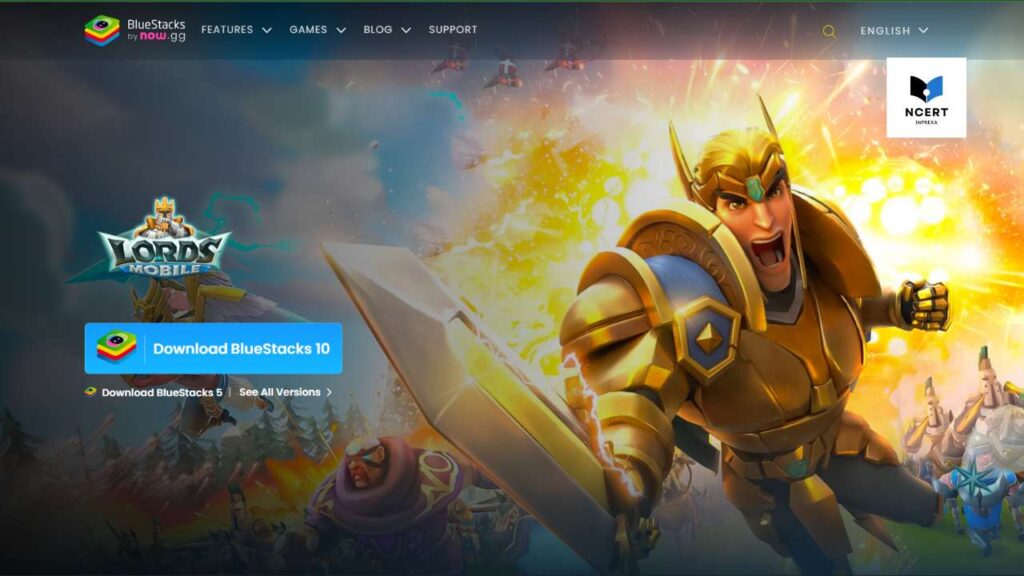Klondike Solitaire is the most common version of solitaire you’ll find on computers and phones, often simply called “Solitaire.” It’s played with one standard 52-card deck and relies on patience and strategy.
The whole game comes down to two main goals:
- You must build four piles, one for each suit (Hearts, Diamonds, Clubs, Spades), in ascending order. Each pile starts with the Ace and ends with the King.
- The Tableau is the main playing area with seven columns. You move cards here to reveal the ones hidden underneath, making moves toward your Foundations.
The Rules That Matter Most for Success
When I first started playing, I made a few key mistakes because the rules seemed simple, but had critical constraints. If you focus on these three rules, you’ll avoid the most common errors.
- Alternating Colors and Descending Rank: When moving cards between the seven columns of the Tableau, the card you place must be one rank lower and the opposite color of the card it is placed on. For example, a Black Queen can only be placed on a Red King. A Red Five can only be placed on a Black Six.
- Moving Stacks: The benefit of the Tableau is that you don’t just move single cards. If you have a sequence of alternating colors and descending ranks (like Red Six, Black Five, Red Four), you can pick up that entire stack and move it as a unit, provided the top card of the stack follows the rule on the new pile.
- The Empty Column Rule: This is the most important rule to remember. If you manage to clear an entire column, that space can only be filled by a King (or a stack of cards that starts with a King). You cannot put any other card into that empty slot. I found that holding a King back in the Waste pile until a column is cleared is a powerful, though sometimes risky, strategy.
Draw One vs. Draw Three
Most digital versions offer two modes, and knowing the difference will impact your winning rate. The Stock is the pile of leftover cards after the Tableau is dealt. You draw from it when you run out of moves.
- Draw One (Easy Mode): You turn over one card at a time from the Stock to the Waste pile. You can cycle through the deck indefinitely, meaning every card will be revealed eventually. This highly increases the win rate and is the version most casual players encounter.
- Draw Three (Traditional Klondike): You turn over three cards at once, and only the top card of that group is available to play. If you play the first card, the second card is then available, and so on. Importantly, if you don’t play any of the three, the order remains fixed. This creates blocking: you know certain cards exist, but they are inaccessible until the cards above them are played out in that exact sequence. This is the traditional, more punishing version of the game.
My Essential Strategy for Consistent Wins
After hundreds of games, I realized that winning doesn’t rely on luck as much as on following a strict set of priorities. These three steps are what I use every time I sit down to play:
Prioritize the Face-Down Cards: Your primary goal is to get all 28 cards in the Tableau flipped face-up. If you have a choice between moving a card to the Foundations or moving it within the Tableau to expose a face-down card, always choose the move that exposes a new card first. A hidden card is always the biggest roadblock to finishing the game.
Delay Moving Aces and Twos to the Foundation: If you move Aces right away, you lose that Ace as a temporary storage spot for other cards. Sometimes, you need to use the Ace of Spades as a resting spot for a Two of Spades from the Tableau to free up a card hidden below it. Only move the low-value cards when you absolutely need to.
Use Color Contrast to Plan: Look at the four suits in your Foundations. Two are red, and two are black. When you are planning a move in Tableau, try to build your columns in a way that maximizes your color flexibility. For example, if you have a Red Queen in Column 1 and a Red Queen in Column 2, it’s generally better to build on the one that is currently exposed and save the other one as a potential key card later on.
Why Winning Feels So Hard
This game has always been about managing uncertainty. Because so many cards are face-down, players are often forced to make blind decisions, which is why the theoretical probability of winning is dramatically different from the actual human experience.
- The Theoretical Limit: Mathematicians have analyzed a modified version called “Thoughtful Klondike,” where the location of all 52 cards is known. Even with perfect knowledge, the probability of a hand being winnable is estimated to be around 80%. This means roughly one in five deals is impossible from the start.
- The Actual Experience: When playing the true, hidden-card version (Draw Three), even advanced computer algorithms struggle, achieving only about an 18% win rate. Highly skilled human players have reported winning between 35% and 43% of their hands.
This gap confirms the core difficulty: Klondike is not just about making the right move, but about managing uncertainty and making educated guesses about the hidden cards. A truly experienced player understands that winning is often less about brilliance and more about minimizing risk when working through the hidden cards in the Tableau.
A Note on the Game’s History and Names
While we call it Klondike today, its naming history is complex.
Historically, Klondike was also known as Canfield in the United States, possibly because it was played at the Canfield Casino in Saratoga Springs, New York. However, “Canfield” today is often used to describe a completely different patience game called “Demon” in the United Kingdom. This mix-up has persisted for over a century.
Klondike’s current status as the default “Solitaire” is due almost entirely to its inclusion in the Microsoft Windows operating system in the 1990s. This move exposed the game to a large audience, establishing the triangular Tableau layout as the standard version of the game.
When You’re Ready for Something Else
Once Klondike feels too easy, several variants challenge the rules in interesting ways. These are the main ones I recommend exploring, as they each test a different strategic skill:
- Spider Solitaire: Requires two decks and focuses heavily on sequencing cards in-suit within the Tableau columns. It’s excellent for long-term planning.
- FreeCell: Almost every hand is solvable, but all cards are dealt face-up. The challenge lies in managing the four “Free Cells” where you temporarily store cards. This is a game of pure calculation.
- Pyramid Solitaire: A very different format where the goal is to match pairs of cards that total 13 to clear a pyramid structure. It’s faster and more based on quick mental math.
Most people play Klondike Solitaire online these days, which makes applying these strategies easy since the game handles the dealing and shuffling. Good luck with your next round
Frequently Asked Questions about Klondike Solitaire
Q1. What is the main goal in Klondike Solitaire?
The main goal is to move all 52 cards into the four Foundations – one for each suit – in ascending order from Ace to King. To do this, players must organize cards in the Tableau by alternating colors and descending ranks.
Q2. Why do some Solitaire games feel impossible to win?
Because many cards are hidden at the start, some deals are mathematically unwinnable. Even skilled players can only win about 35–40% of Draw Three games. The challenge lies in managing uncertainty and choosing moves that reveal more cards.
Q3. Which version is easier – Draw One or Draw Three?
Draw One is easier since every card appears in sequence and can be recycled through the deck indefinitely. Draw Three is more challenging and traditional because you can only use one card out of every three, creating natural blocking.
Q4. What’s the fastest way to improve at Klondike Solitaire?
Focus on flipping face-down cards as early as possible. Always choose moves that expose hidden cards over sending low-value cards like Aces to the Foundation. Maintain color balance (red and black) to keep future options open.
Klondike Solitaire Online






